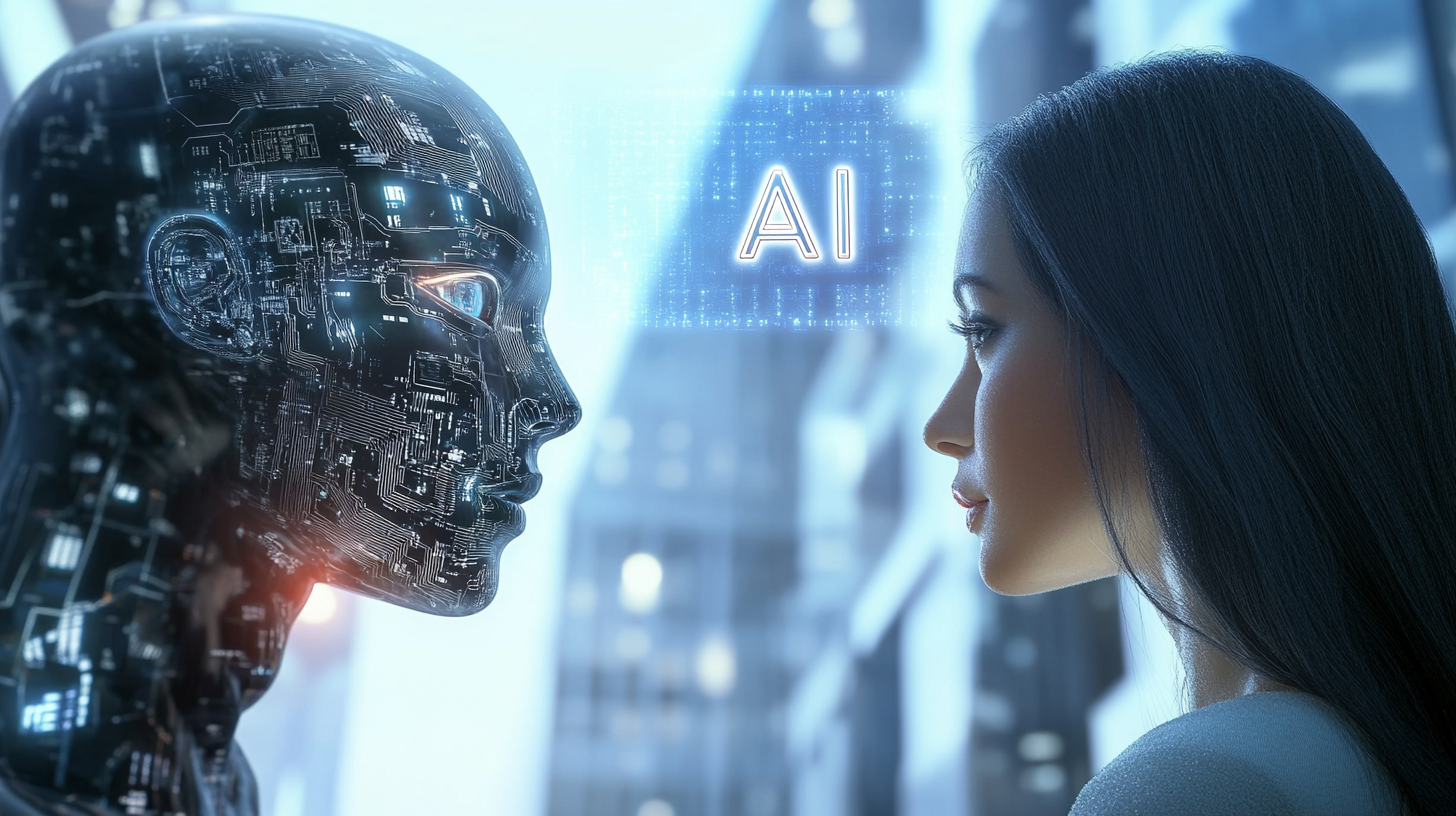In 2024, as Artificial Intelligence (AI) continues to reshape our world, the critical issue of AI safety has come to the forefront of global discussions. However, a crucial aspect often overlooked is the intrinsic link between AI safety and gender diversity in the tech industry. This article explores how the lack of women in tech is not just a matter of equality, but a significant risk to the development of safe and ethical AI systems.
The Gender Imbalance in Tech: A Threat to AI Safety
The Current State of Women in Tech
- Only 28% of tech workers are gender minorities
- 3% of female students consider tech as their first career choice, compared to 61% of male students
- Merely 22% of students can name a famous female in technology
Impact on AI Development
- Biased AI Systems: AI developed primarily by men may reflect male-centric perspectives
- Lack of Diverse Perspectives: Limited female input in AI design leads to skewed problem-solving approaches
- Perpetuation of Stereotypes: AI systems may reinforce gender stereotypes due to biased training data
Challenges Faced by Women in Tech
1. Underrepresentation and Undervaluation
- Women are scarce in tech leadership roles
- Gender pay gap persists in the industry
2. Hostile Work Environment
- ‘Brogramming’ culture and mansplaining
- Incidents of sexism and sexual harassment
3. Stereotypes and Biases
- Prejudices limiting career opportunities
- Stereotypes undermining skills and talents
4. Lack of Role Models
- Scarcity of visible female tech leaders
- Absence of mentorship opportunities
The Vicious Cycle of Underrepresentation
- Fewer women enter tech
- Leads to fewer women in leadership positions
- Results in fewer female role models
- Discourages the next generation of women from pursuing tech careers
Consequences of Gender Imbalance in AI Development
1. Biased AI Systems
- Facial recognition systems failing to recognize women of color
- Voice assistants reinforcing gender stereotypes
2. Discriminatory Algorithms
- Hiring algorithms favoring male candidates
- AI systems perpetuating societal gender biases
3. Limited Problem-Solving Perspectives
- AI solutions potentially overlooking women’s needs and experiences
Initiatives to Address the Gender Gap
1. Tech Talent Charter
- Industry-wide commitment to increase gender diversity
2. Educational Outreach
- Programs inspiring young girls to pursue tech careers
- Efforts to demystify tech careers for women
3. Corporate Diversity Strategies
- Companies implementing EDIB (Equity, Diversity, Inclusion, Belonging) strategies
- Focus on attracting and retaining female talent
The Path Forward: Ensuring AI Safety through Diversity
1. Inclusive AI Development Teams
- Prioritize gender diversity in AI research and development
2. Ethical AI Leadership
- Promote women to leadership roles in AI projects and companies
3. Education and Awareness
- Implement programs to educate about the importance of diversity in AI
4. Policy and Regulation
- Develop guidelines ensuring diverse representation in AI development
5. Industry Collaboration
- Foster partnerships between tech companies, educational institutions, and diversity organizations
As we move further into the AI era, ensuring gender diversity in the tech industry is not just about equality—it’s about the safety and ethical development of AI systems that will shape our future. By addressing the gender imbalance, we can create AI that is truly representative, fair, and beneficial for all of society.
The tech industry must recognise that AI safety cannot be achieved without diverse perspectives. It’s time for concrete action to break the cycle of underrepresentation and create an inclusive tech environment that fosters the development of safe, ethical, and unbiased AI systems.

